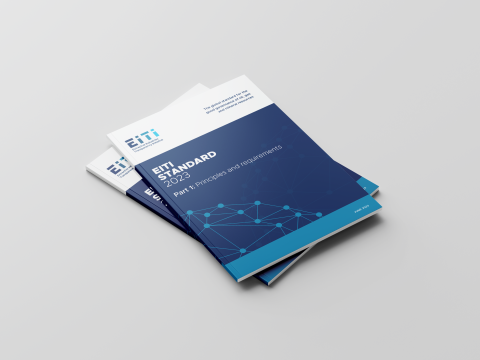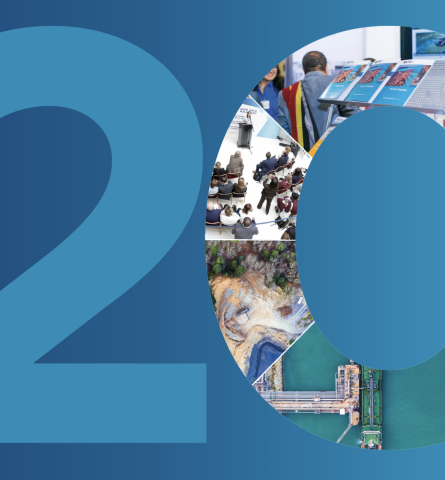
The future of EITI is using government systems
The future of EITI is using government systems
The EITI conference in Lima convened over 50 countries and their stakeholders last month. Outgoing Chair Chair Clare Short set the agenda stating four major goals for the next period. Challenge number one was to use government systems in the EITI process, rather than the current EITI reporting process parallel to government systems. The urgency goes hand-in-hand with less donor appetite to fund a complex 'reconciliation' process that may not add expected value as a diagnostic tool. To push the issue, Norway announced that it would move towards replacing data 'reconcilation' alltogether, as seven years of reports had not identified a single unresolved discrepancy.
And yet, how to actually align with government systems remained a mystery for most participants at the conference. At the datacamp side-event there were several portals and tools trying to make use of EITI data. However, the current EITI data consists of aggregate payment values, usually outdated by two years and collected on questionnaires circulated by the national EITI secretariats. This severely limits the value and the use of EITI data, despite all the efforts to encourage its usage.
The future of EITI will be using data from government systems. This would make the EITI data recent, at payment transaction level and comprehensive. It may provide comprehensive data for the previous month, with auditable information for every single payment, and for all companies within the sector. A much larger and more recent dataset will be available for EITI analysis. Instead of spending a large effort on data collection, EITI can focus on its diagnostic impact, looking at how systems are used, work processes, compliance, potential risks and weaknesses. This diagnostic will support the accountant-general and national auditing service reports, and be more relevant for parliamentary debate.
By using government systems, EITI can again focus on its diagnostic impact, and less on the effort of collecting and validating data.
There are two main challenges for using government systems for EITI. First of all, all the different government departments that produce data use different software systems which do not talk together. To solve this we need system integration. Secondly, government institutions hesitate to share information with each other, sometimes because they know their data reveals severe data management and process weaknesses. To solve this, we need better systems capacity and intra-governmental coordination.
To address the first challenge, RDF has developed the RDx data exchange standard. Several pilots are underway to allow integration between RDF systems and systems provided by third party providers in selected countries. The idea is to initiate technical collaboration between the IT firms who deliver systems where governments manage licenses, payments, customs and taxes. If they all have the RDx plugin enabled, they can integrate processes and collate data across institutions. The RDx standard itself will be maintained and managed by a technical committee of software engineers of the key firms involved.
The second challenge is a matter of intra-governmental coordination. To resolve this, RDF encourages the formation of intra-government committees, consisting of the key government institutions involved. These committees coordinate data sharing and integration, and eventually produce EITI data on received payments. Their interests go beyond producing EITI data. They compare data also to help identify compliance issues and resolve gaps in processes between institutions. These types of committees have had a significant effect on compliance and revenue, but also on pushing for change within government. RDF specialists, ODI fellows and other long-term consultants have supported task forces in Sierra Leone and Liberia with significant effect on improved coordination, compliance and revenue. In Mali, an already existing committee called Cellule Interministerielle, has started a similar dialogue, improving coordination between Ministry of Finance, Ministry of Mines, Ministry of Lands and Customs.
The future of EITI is based in the usage and support of government systems, and an understanding that investing in these systems has a much stronger impact, than building a parallel reporting scheme.
Aasmund Andersen is the Managing Director of the Revenue Development Foundation, a non-profit consultancy organisation that works to enhance revenue for low-income countries. Andersen has over 15 years of experience in government capacity development projects, mostly with the United Nations Development Programme in Africa and South-East Asia. For more information about RDx, see https://revenuedevelopment.org/page/rdx-data-exchange



